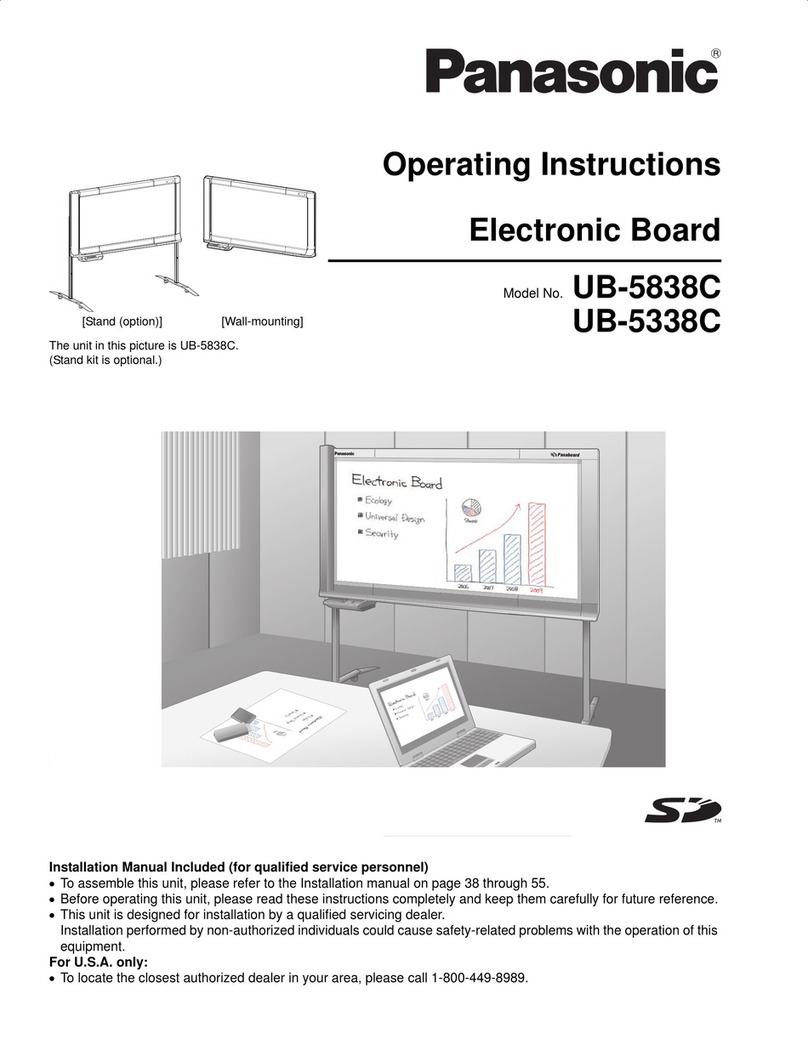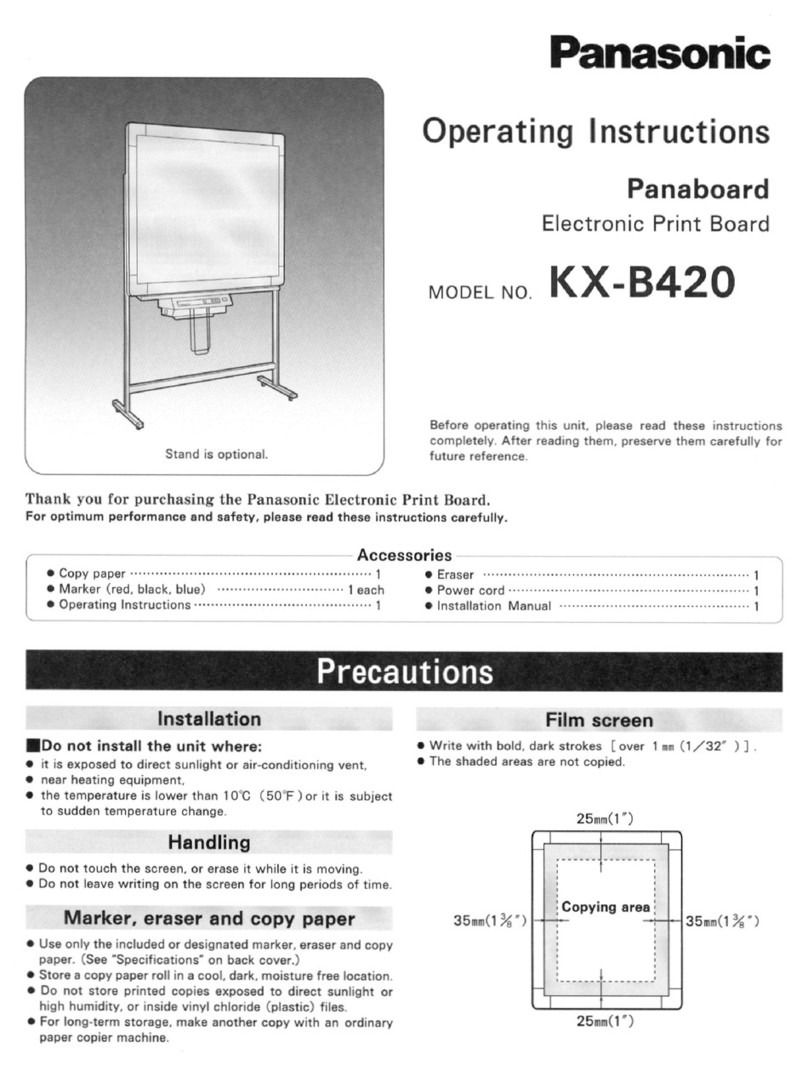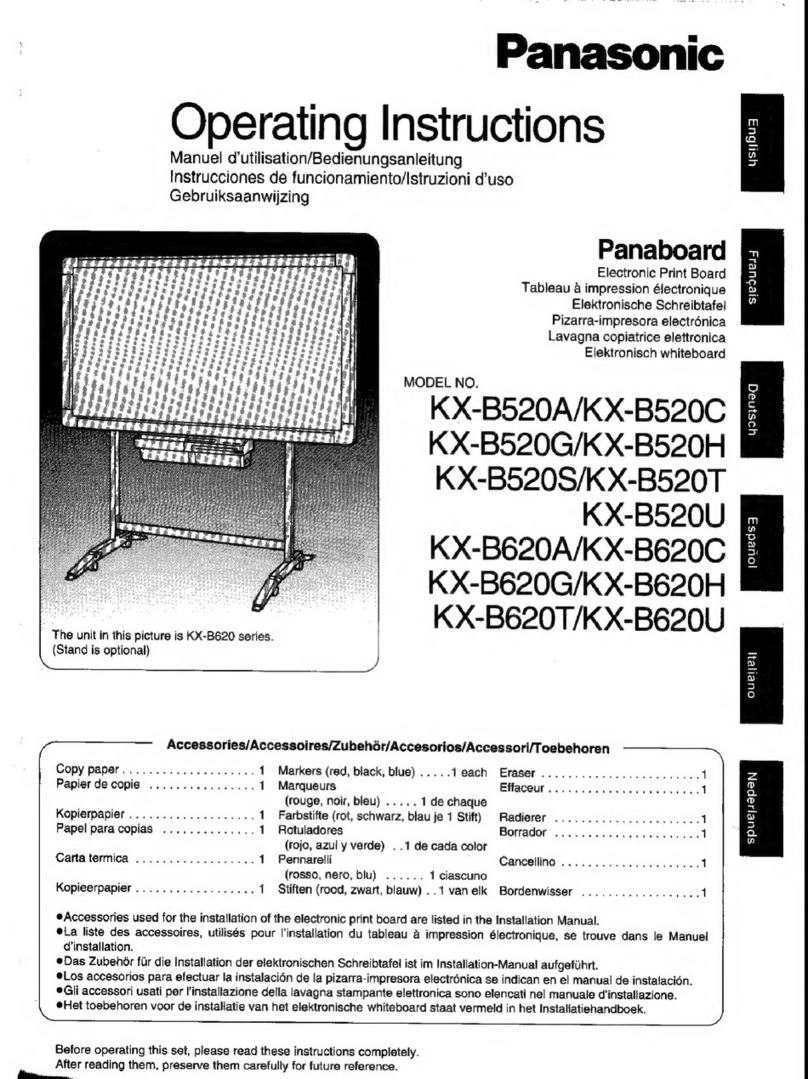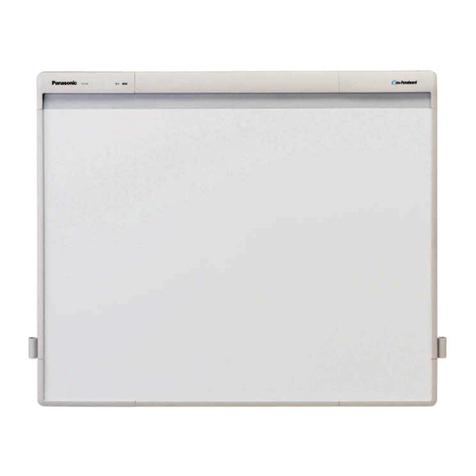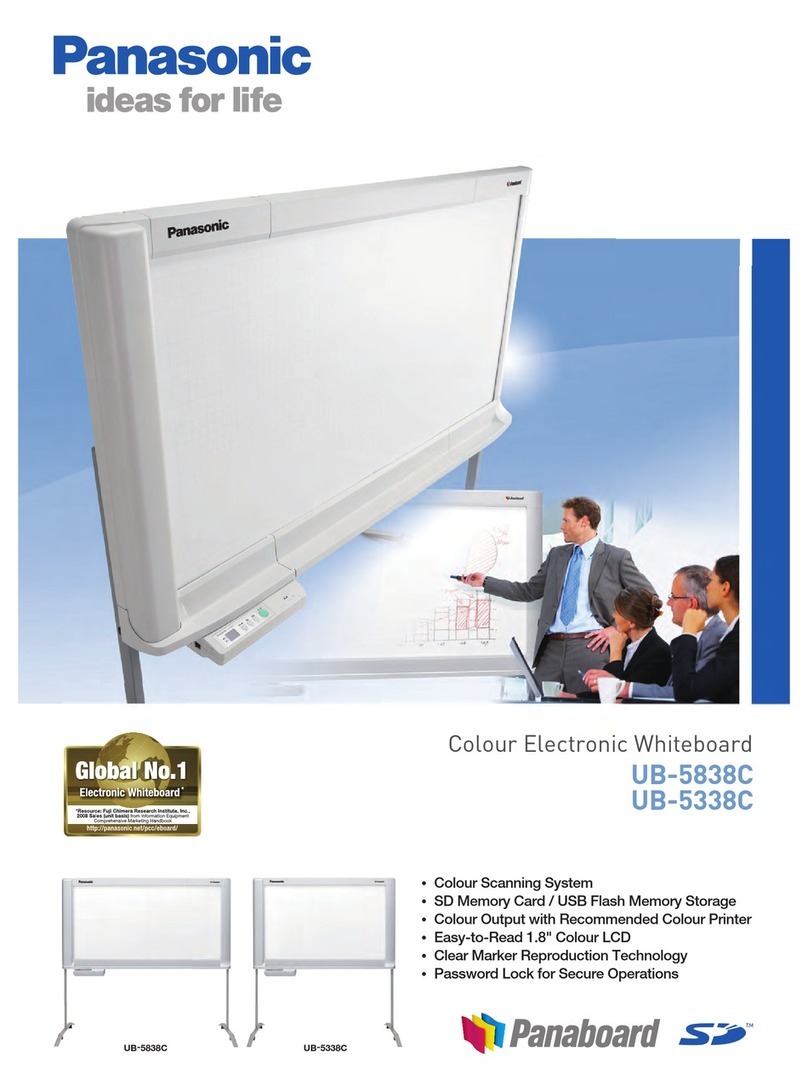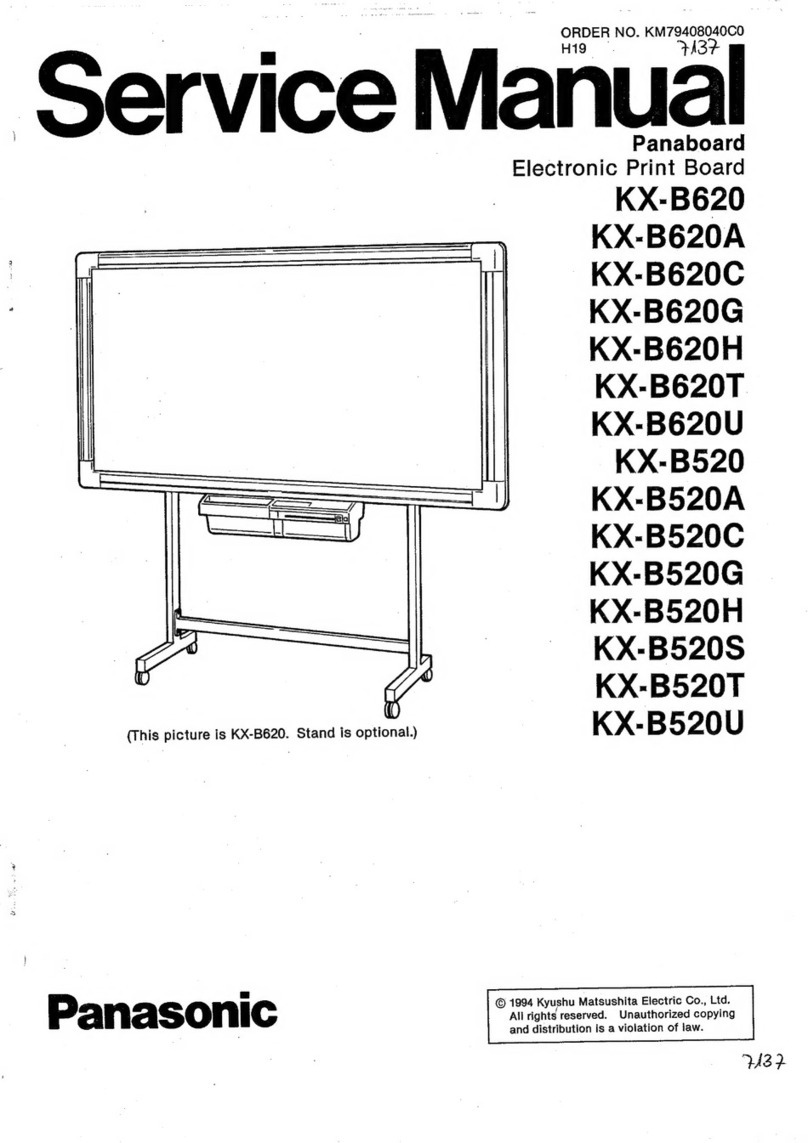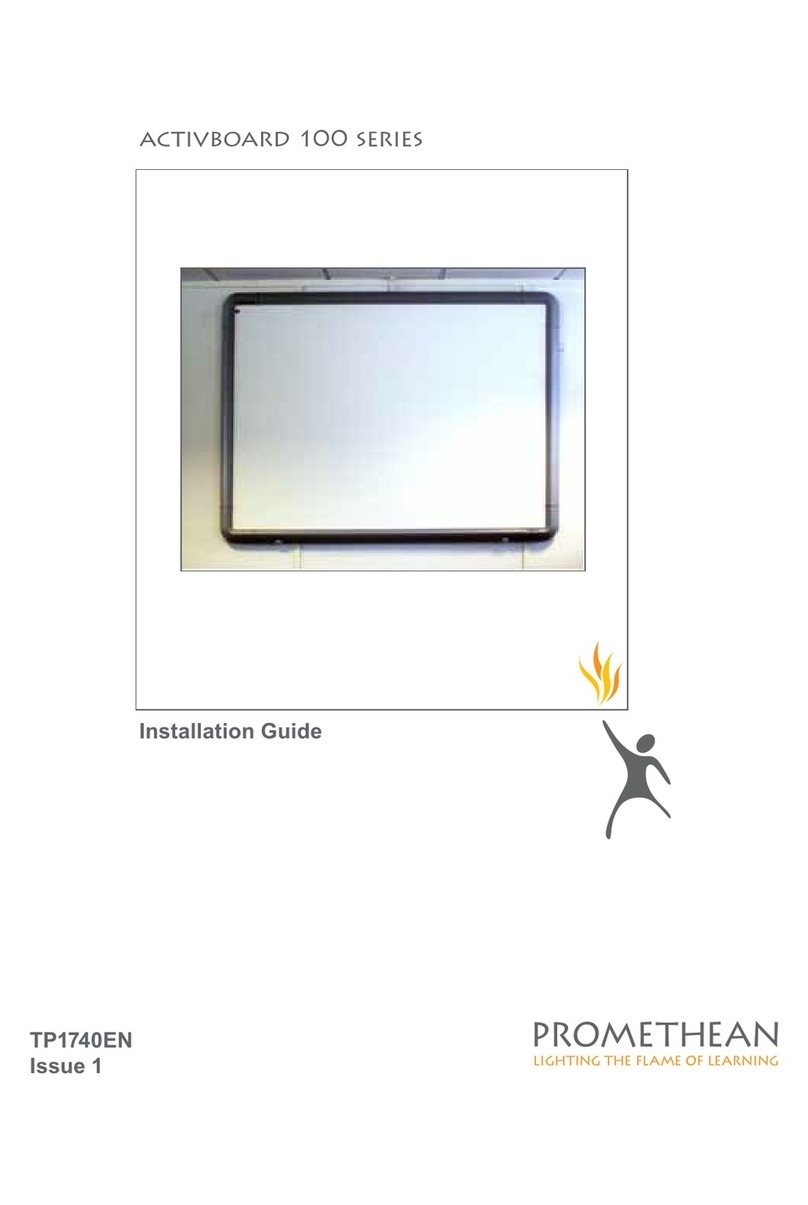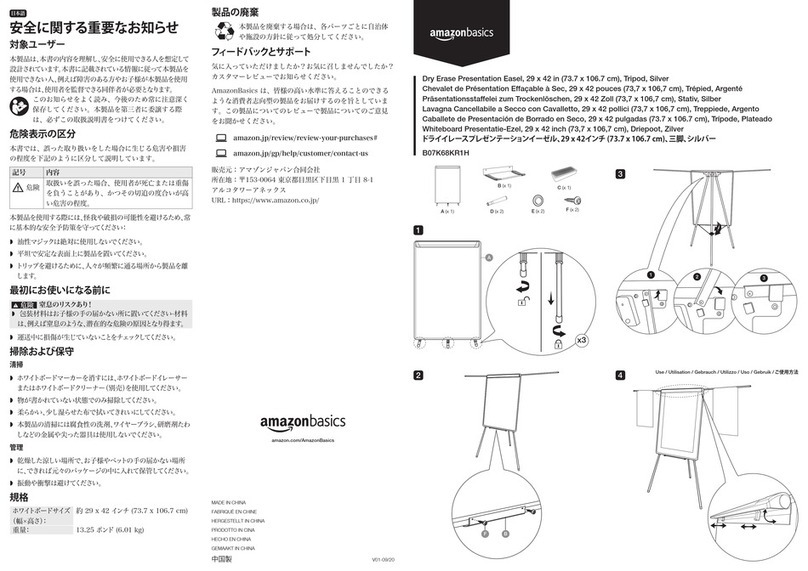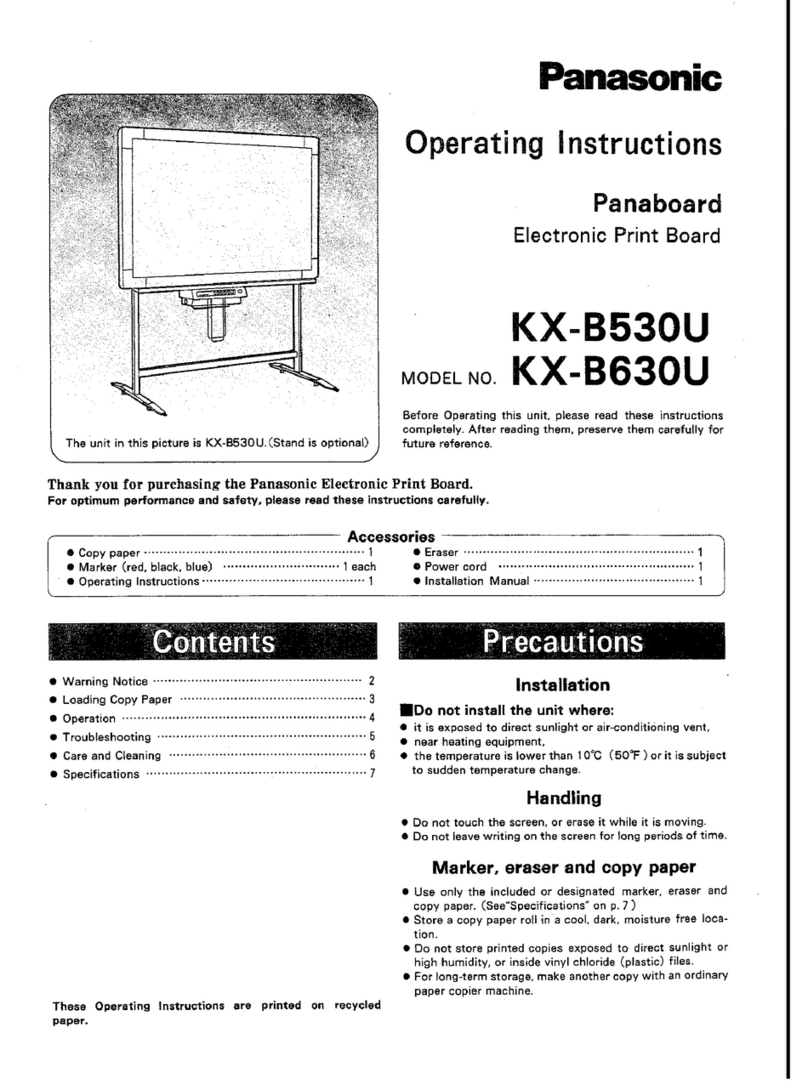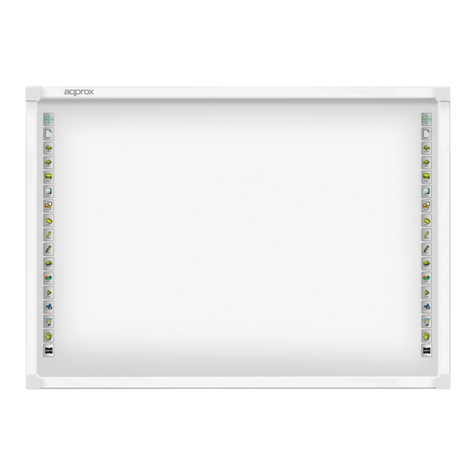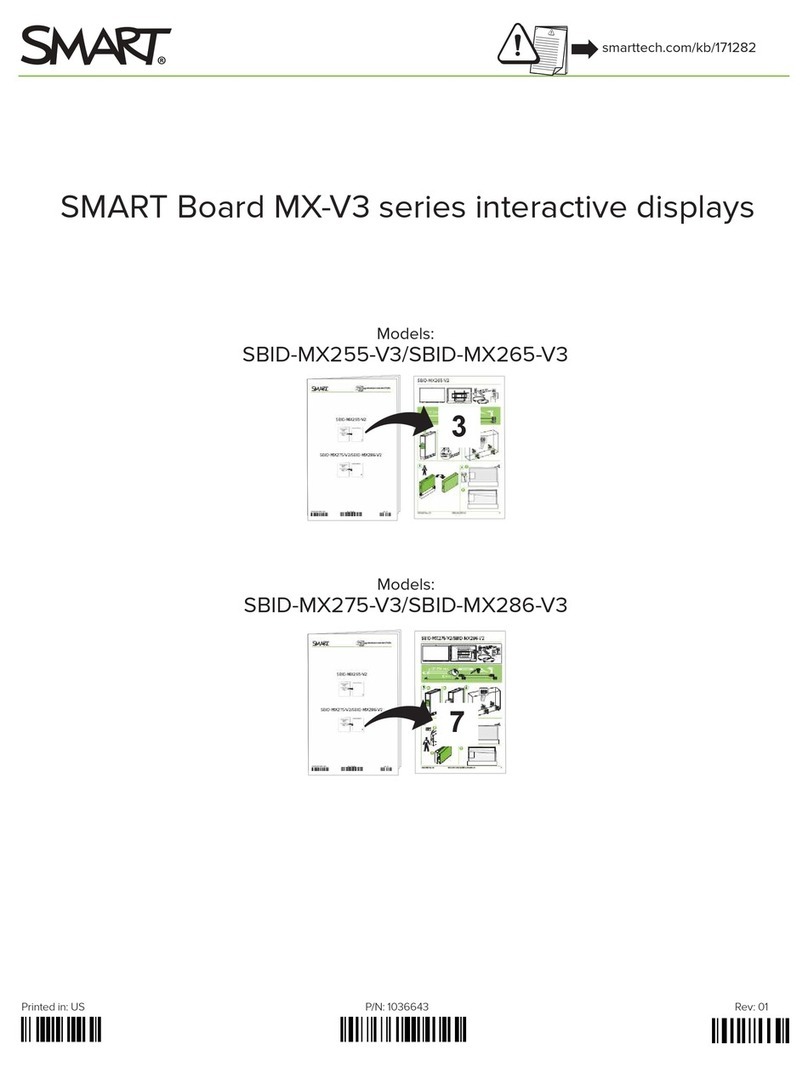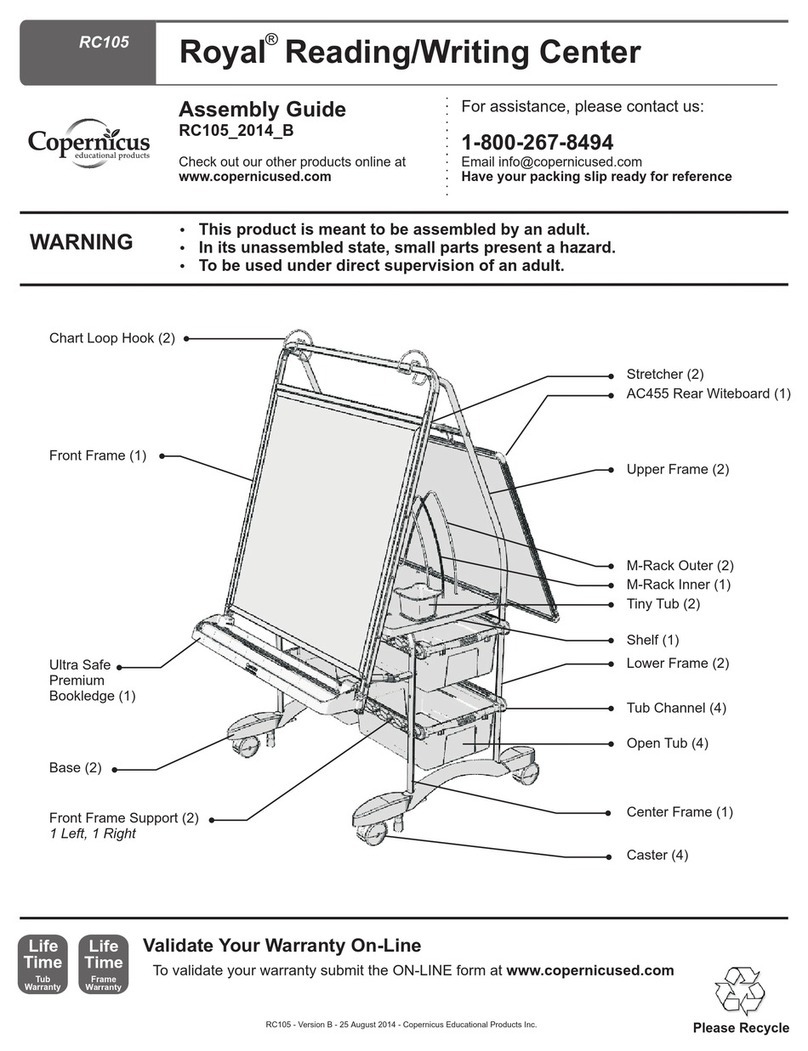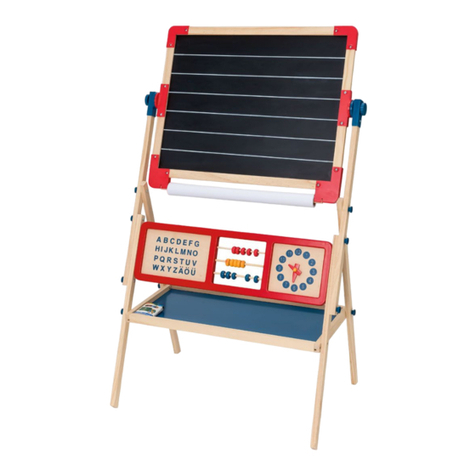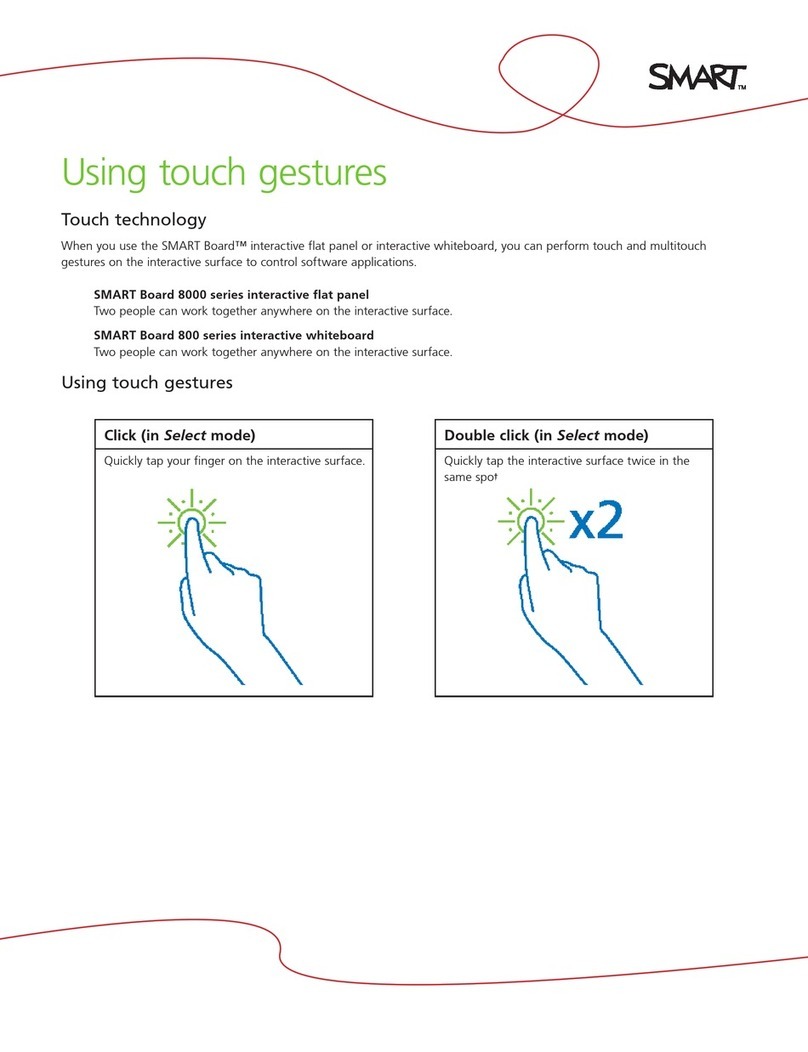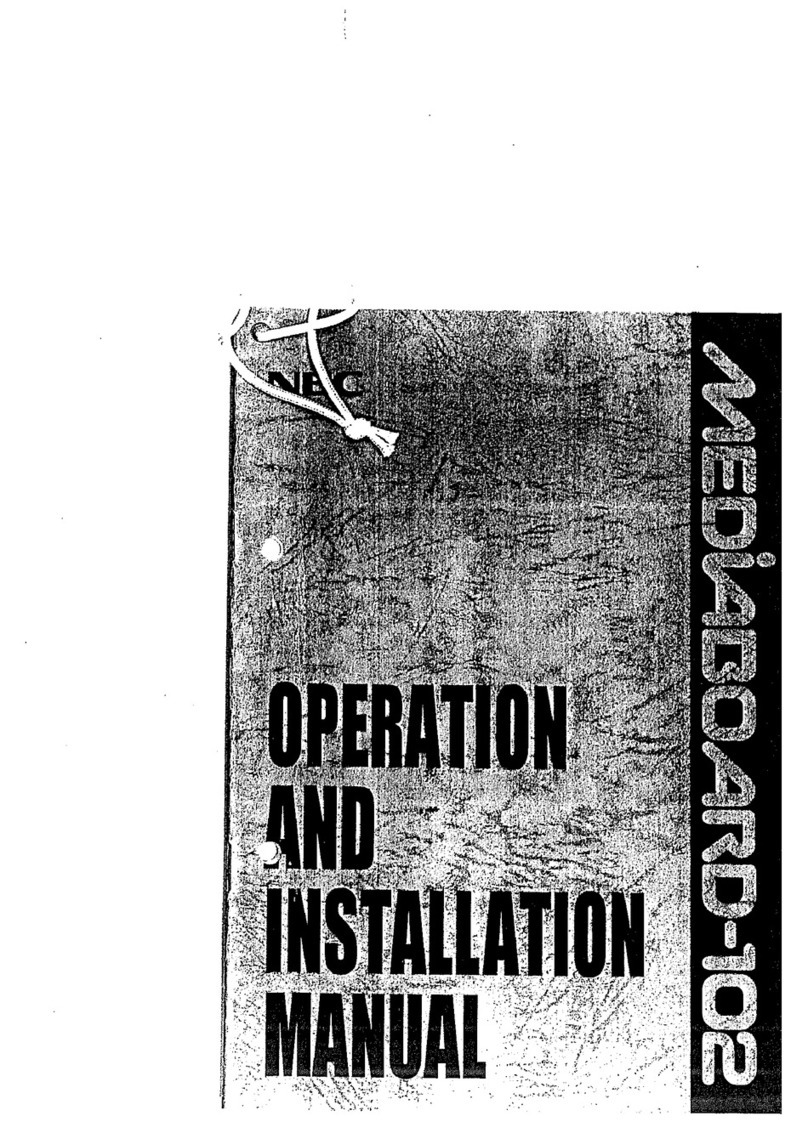
3.6. Screen 8
3.7. Mirror 8
3.8. Rear Cover (Upper) 8
3.9. Rear Cover (Bottom) 9
3.10. Disassembly For CRT Removal 9
4 Service Hints 11
4.1. Service position for Main chassis 11
4.2. Service Position for DG-Board 11
4.3. Service Position for K-Board 11
4.4. Service Position for KA-Board 11
4.5. Service Position for G-Board 12
5SelfCheck 13
6 Service Mode Function 14
6.1. How to enter SERVICE 1 14
6.2. How to enter SERVICE 2 14
6.3. Option Descrition 16
7 CRT Set Up 19
7.1. Dynamic Focus Adjustment 19
7.2. Electrical Focus Adjustment 19
7.3. Optical Lens Focus Adjustment 19
7.4. Centering Magnet Adjustment 20
7.5. Alignment magnet Adjustment 21
8 Deflection Adjustment 22
8.1. PAL 100Hz mode (100i) 22
8.2. PAL 100Hz V Comp mode (100i) 23
8.3. PAL Progressive mode (50p) 24
8.4. NTSC Progressive mode (60p) 24
8.5. 525p Deflection Adjustment / Confirmation 25
8.6. 625p Deflection Adjustment / Confirmation 25
9 Adjustment Procedure 26
9.1. Cut off Adjustment 26
9.2. Sub Contrast / G-Limit Adjustment 27
9.3. Sub Picture Contrast Adjustment 27
9.4. NTSC Tint Adjustment 28
9.5. Sub Color Adjustment 28
9.6. Blue Focus / Gamma Adjustment 29
9.7. White Balance Adjustment 29
9.8. Sub Bright Adjustment 30
9.9. Blue Limit Adjustment 30
10 Convergence Adjustment 31
10.1. Convergence Adjustment Sheet 31
10.2. Convergence Adjustment Procedure 32
10.3. Coarse Convergence Adjustment mode 33
10.4. Fine Convergence Adjustment 39
11 Location of Lead Wiring 43
11.1. Location of Lead Wiring (1) 43
11.2. Location of Lead Wiring (2) 43
11.3. Location of Lead Wiring (3) 43
11.4. Location of Lead Wiring (4) 44
11.5. Location of Lead Wiring (5) 46
11.6. Location of Lead Wiring (6) 48
11.7. Location of Lead Wiring (7) 48
11.8. Location of Lead Wiring (8) 49
11.9. Location of Lead Wiring (9) 49
12 Conductor Views 51
12.1. A-Board 51
12.2. D-Board 53
12.3. DC-Board 56
12.4. DG-Board 57
12.5. H-Board 61
12.6. LG, LR and LB Board 63
12.7. P-Board 64
12.8. SG-Board 66
12.9. SR and SB Board 67
12.10. U-Board 68
12.11. G, K and KA-Board 70
13 Block Diagram 71
13.1. Audio Block Diagram 71
13.2. Video Block Diagram 72
13.3. Power Block Diagram 74
13.4. Control Block Diagram 77
14 Schematic Diagram 79
14.1. Schematic Diagram Notes 79
14.2. A-Board (1 of 5) Schematic Diagram 80
14.3. A-Board (2 of 5) Schematic Diagram 81
14.4. A-Board (3 of 5) Schematic Diagram 82
14.5. A-Board (4 of 5) Schematic Diagram 83
14.6. A-Board (5 of 5) Schematic Diagram 84
14.7. D-Board (1 of 2) Schematic Diagram 85
14.8. D-Board (2 of 2) Schematic Diagram 86
14.9. DC-Board Schematic Diagram 87
14.10. DG-Board (1 of 6) Schematic Diagram 88
14.11. DG-Board (2 of 6) Schematic Diagram 89
14.12. DG-Board (3 of 6) Schematic Diagram 90
14.13. DG-Board (4 of 6) Schematic Diagram 91
14.14. DG-Board (5 of 6) Schematic Diagram 92
14.15. DG-Board (6 of 6) Schematic Diagram 93
14.16. H-Board (1 of 2) Schematic Diagram 94
14.17. H-Board (2 of 2) Schematic Diagram 95
14.18. LG-Board Schematic Diagram 96
14.19. LB and LR-Board Schematic Diagram 97
14.20. P-Board Schematic Diagram 98
14.21. SG-Board Schematic Diagram 99
14.22. SB and SR-Board Schematic Diagram 100
14.23. U-Board (1 of 2) Schematic Diagram 101
14.24. U-Board (2 of 2) Schematic Diagram 102
14.25. G, K and KA Board Schematic Diagram 103
15 Parts Location 105
16 Packing Exploded View 107
17 Mechanical Replacement Parts List 109
18 Electrical Replacement Parts List 110
18.1. Replacement Parts List Notes 110
18.2. Electrical Replacement Parts List 111
3
TX-47P800HQ / TX-47P800HZ

